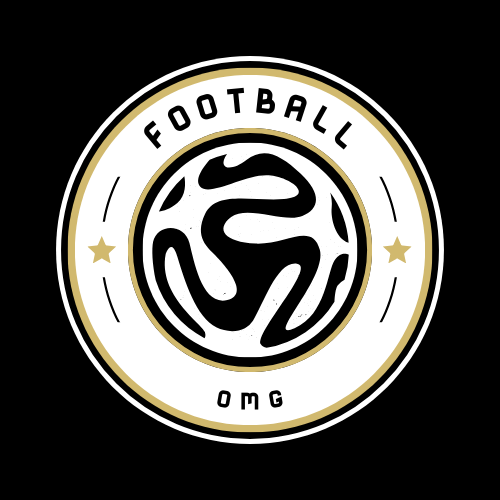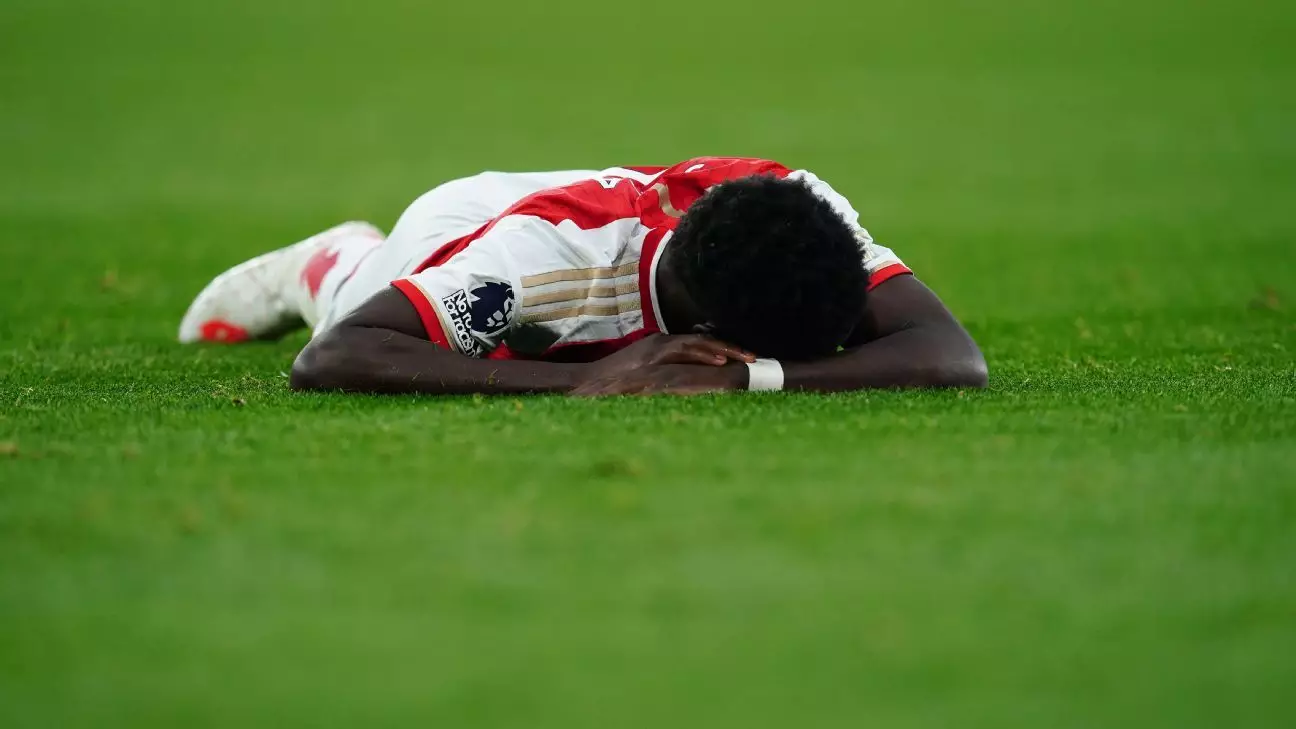The world of football is currently teetering on the precipice of an unprecedented player strike, fueled by escalating concerns about player burnout and overexertion. The traditional discussion around player welfare has intensified, especially following expanding competitions and tighter match schedules. Top athletes are voicing their struggles, and the grim specter of a strike looms larger than ever. In this analysis, we examine the context, implications, and potential outcomes surrounding this critical issue in the football landscape.
Recent months have witnessed a notable shift in the discourse around player workloads in football. With the introduction of new tournaments, such as UEFA’s newly expanded club competitions and FIFA’s Club World Cup, players like Erling Haaland, Kylian Mbappé, and Jude Bellingham have publicly expressed their frustrations regarding the relentless fixture congestion. Rodri, the Manchester City midfielder, has emerged as a vocal advocate, suggesting that players are preparing for drastic measures, including a possible strike.
This mounting dissatisfaction reflects a broader concern within the sport. As high-profile players unite their voices, even coaches of elite clubs such as Pep Guardiola and Jurgen Klopp have echoed the players’ sentiments, highlighting the physical toll of an overly congested football calendar. Carlo Ancelotti, Real Madrid’s manager, has gone so far as to assert that he believes players would be willing to accept pay cuts if it meant reducing their game schedule—a monumental statement that underscores the gravity of the situation.
Player workload has long been a contentious topic in football, particularly as the most successful clubs frequently find themselves competing in multiple competitions and engaging in extensive preseason tours. With the rise of international matches and tournaments taking place almost every year, it is increasingly common for elite players to rack up over 60 matches in a single season. Historically, players enjoyed a modicum of rest between seasons, but the upcoming Club World Cup significantly disrupts this period.
Set to take place in June and July in the U.S., the Club World Cup’s month-long schedule is positioned to replace the Confederations Cup—a longstanding tournament that involved just eight teams and spanned only two weeks. In stark contrast, the new tournament will feature 63 matches and coincide dangerously close to pivotal events, such as World Cup qualifiers. The combined overload threatens to push player endurance beyond its limits.
In response to the situation, FIFPRO—representing over 65,000 footballers worldwide—has taken a firm stand. The organization has legally challenged FIFA regarding its unilateral decisions about the international match calendar and the expanded Club World Cup. FIFPRO argues that the players’ rights and wellbeing are compromised by the current structures, which seem more focused on financial gain than athlete welfare.
In parallel, the European Leagues have joined the call for change, highlighting that the growing workload represents a tipping point in the relationship between governing bodies and players. The organizations emphasize that the current structure violations of the Charter of Fundamental Rights of the European Union could have lasting consequences on player health and career longevity.
While talk of a strike has gained traction among elite players, it is essential to analyze the feasibility of such action. The collective voices of high-profile athletes raise awareness but do not guarantee a unified front among all players. Many individuals, especially those playing at lower tiers or earning modest wages, may hesitate to support a strike that could jeopardize their livelihoods for the sake of supporting their wealthier peers.
Furthermore, FIFPRO is predominantly focused on its ongoing legal battles with FIFA, which may overshadow immediate plans for a strike. The potential resolution of these legal disputes hinges on addressing player concerns, but a failure here could lead players to reconsider their options. The stakes are undeniably high, and the next few months will significantly affect how this situation unfolds.
Ultimately, player welfare must be valued alongside the commercial interests that drive the sport. A successful resolution to this crisis will require open communication between players, clubs, and governing bodies to establish a more balanced schedule. The potential for future strikes looms, but meaningful negotiations could help steer football away from a disruptive fallout.
As players continue to voice their frustrations, maintaining momentum is crucial, but proactive measures are needed to effect change. Until a consensus is reached, the football community must advocate for player health to create a more sustainable model for the sport, ensuring that the beautiful game remains enjoyable for players and fans alike.

